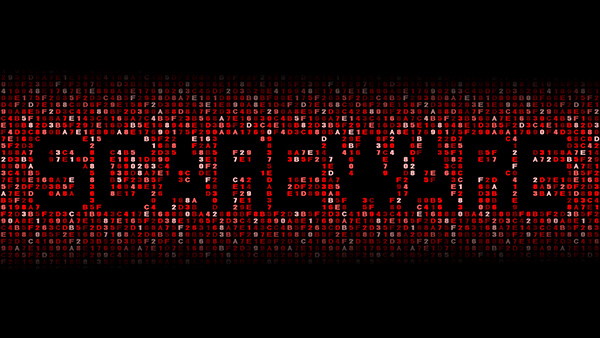Stay Safe
Phishing is a constant threat to any organization and now with the threat of Ransomware and the Covid-19 scams it is very important that you get familiarized with some common threats, terminology, and new technology risks. To help you identify them you can review the following topics to learn how to protect yourself.
Additional Resources:
- Classroom Technology Services - Online Education and Remote Access Information- Online Resources
- Zoom - Best Practices - Securing your Zoom Virtual Classrooms and Meeting Best Practices
COVID-19
Remote Work
Cybersecurity Tips for Working Remotely
Remote work can present a unique challenge for information security. When you work in your campus office you are working behind many layers of preventive security controls, but while you work remotely there are new risks that you have to prepare for. Review the list of Do's and Don'ts that can help you safeguard your connection and our data.
Ransomware
Ransomware can lock and/or encrypt all files located on the system(s) or connected network shares. Users are often extorted for money via an on-screen alert.
Scams
Scams target people of all ages, income levels, cultures, and backgrounds. There is no type of person that is more likely to be a victim of a scam than another. Learn how to protect yourself and be alert to scams.
Social Engineering
Social Engineering is a method of manipulation used to have someone perform an action that can compromise security or obtain confidential information from someone by phone, email, or in-person.
Identity Theft
Identity theft occurs when someone uses your personally identifying information (PII), like your name, Social Security number, or credit card number, without your permission, to commit fraud or other crimes.
Malware
Malware, short for malicious software, is software that is coded with malicious code for illegal intent. This malicious code can be anything from a virus, worms, trojan horse, and Spyware.
Phishing
Phishing is probably the most common form of social engineering we see at the University. By using fraudulent websites and false emails, perpetrators attempt to steal as much information as you are willing to give them.
Internet of Things (IoT)
Technology continues to amaze us with new "smart" devices. However, these devices still have issues with security, and it is important that you review any new device to see what you should do to prevent the loss of control and/or privacy.
Scamware
Scamware is software that poses as legitimate but is really nothing more than malware waiting to wreak havoc. Some of this scamware is even advertised on TV, so it does look legitimate, but it has no real worth at all.
Scareware
Scareware is a tactic that involves popups of web pages claiming that you are infected, have malware, spyware, or other issues with your computer that require immediate resolution.
Smishing
Smishing is very similar to its older sibling - phishing. The only difference is that the delivery method is a text message instead of an email. Although phishing emails are still far more frequent, this type of social engineering is quickly becoming very common.












